Clancy Tucker's Blog, page 256
June 12, 2015
13 June 2015 - WISE QUIPS

WISE QUIPS
G'day folks,
Time for some more wise comments to spark up your day. Enjoy ...


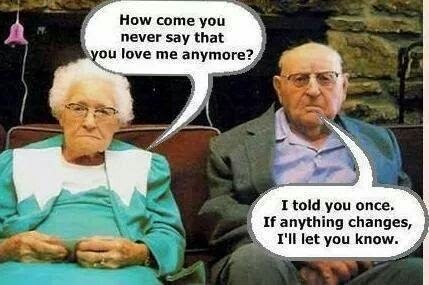

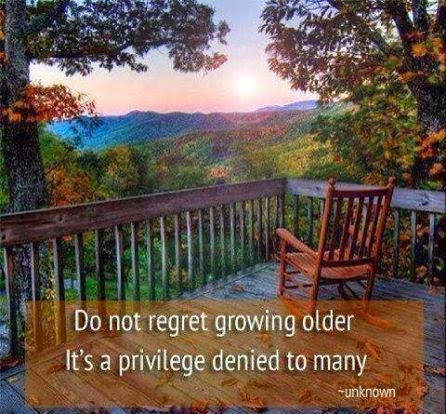

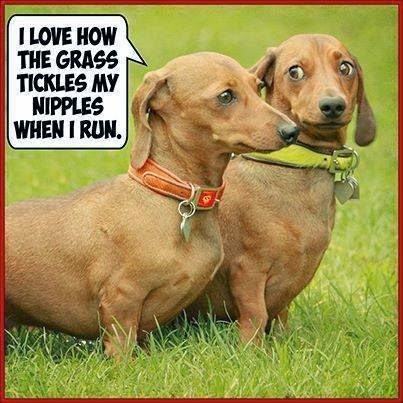

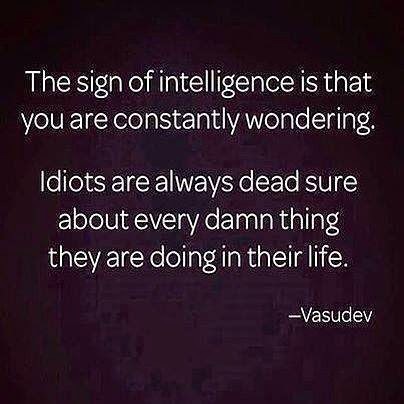



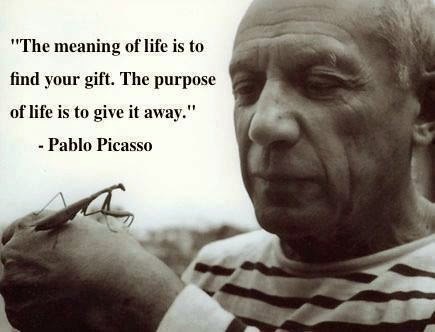

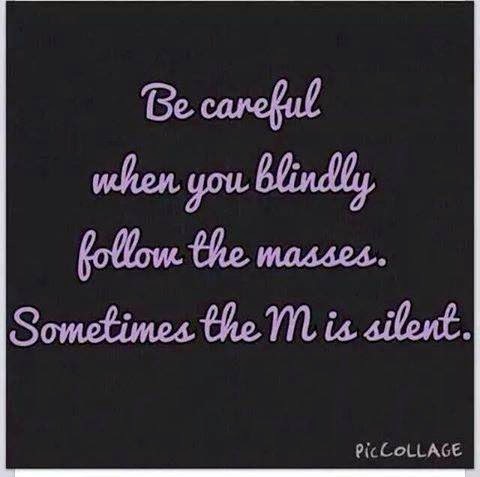

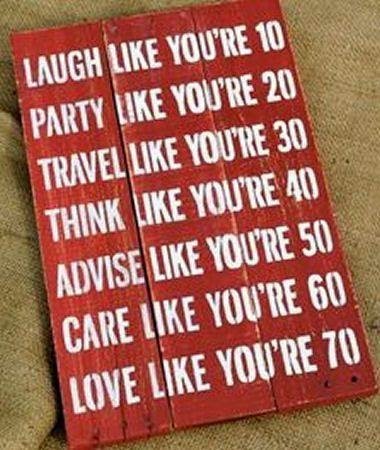



Clancy's comment: I loved some of the subtle ones here.
I'm ...


Published on June 12, 2015 03:52
June 11, 2015
12 June 2015 - ICELAND
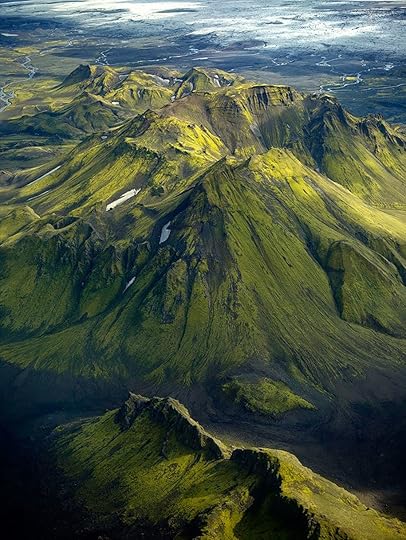
ICELAND
G'day folks,Welcome to a place I have never visited, but would love go just to take photographs. Iceland is a Nordic island country between the North Atlantic and the Arctic Ocean. It has a population of 329,100 and an area of 103,000 km², making it the most sparsely populated country in Europe.
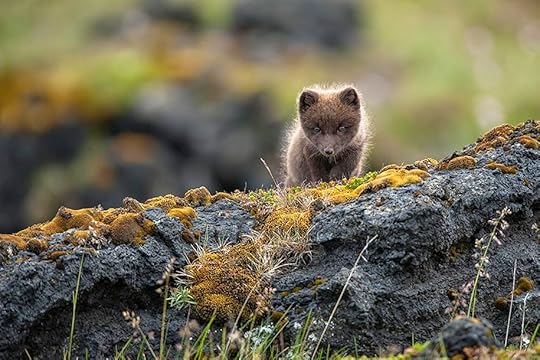

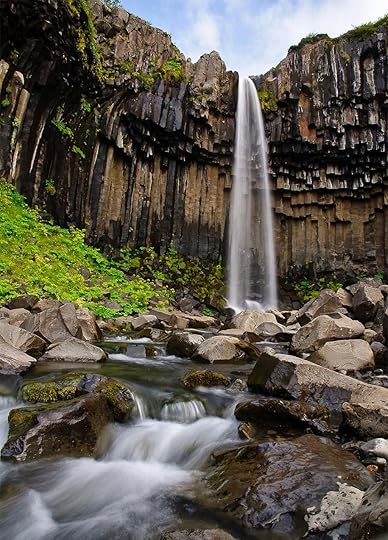
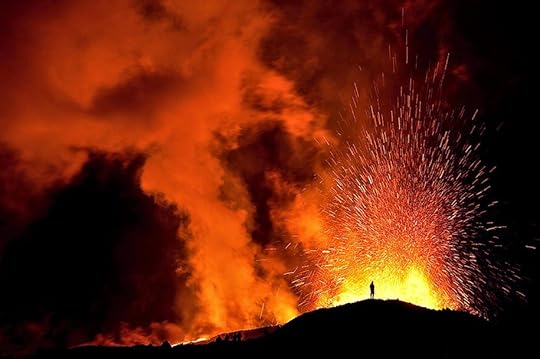
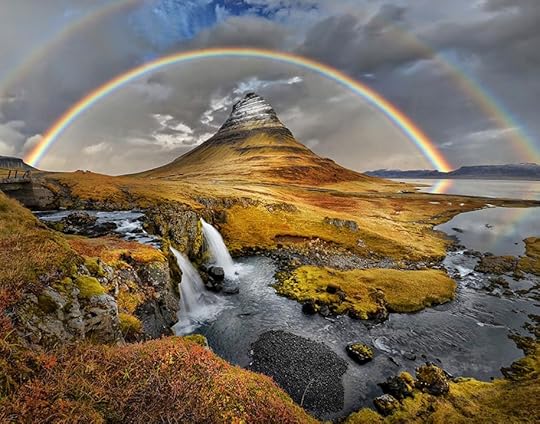
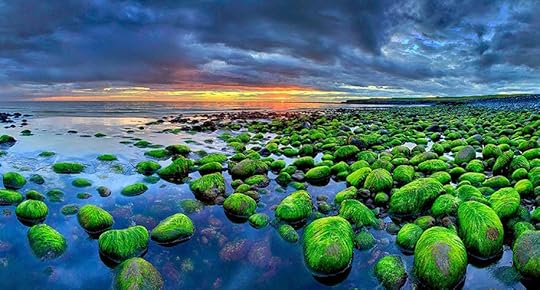
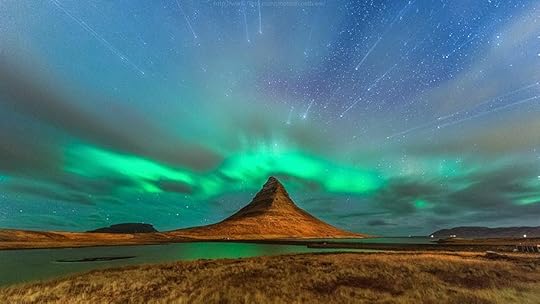

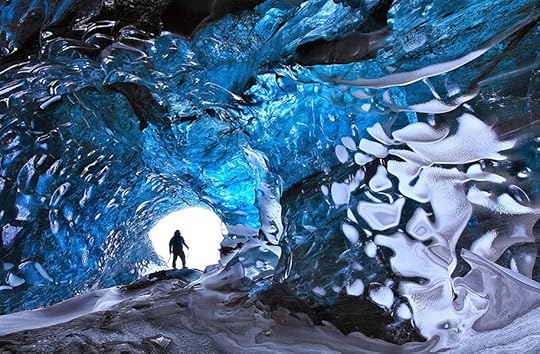


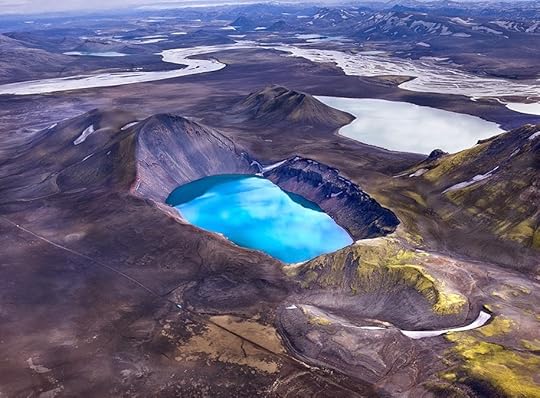
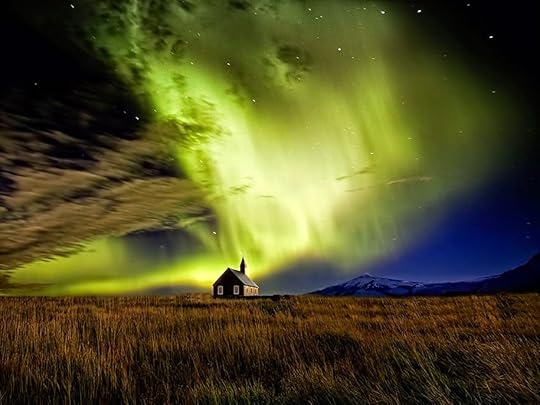
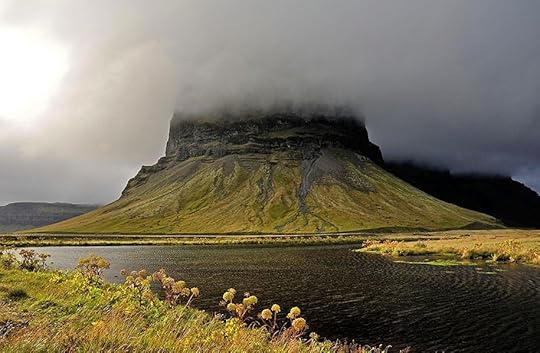
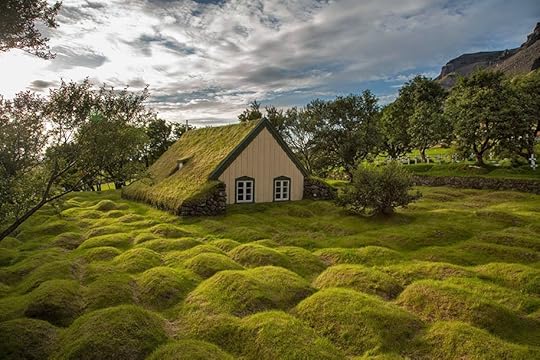
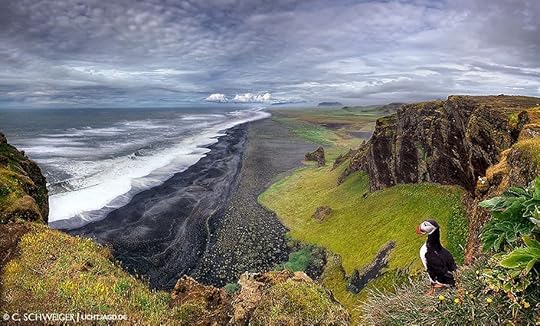
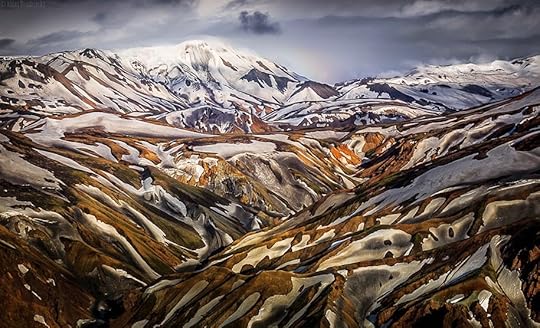
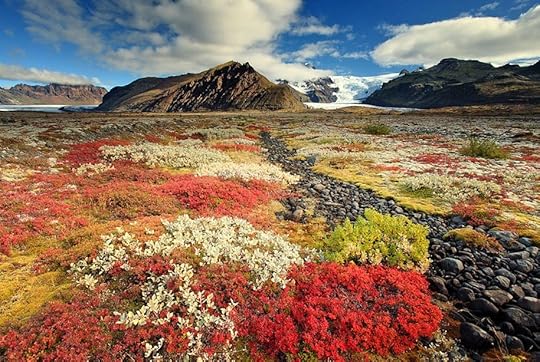
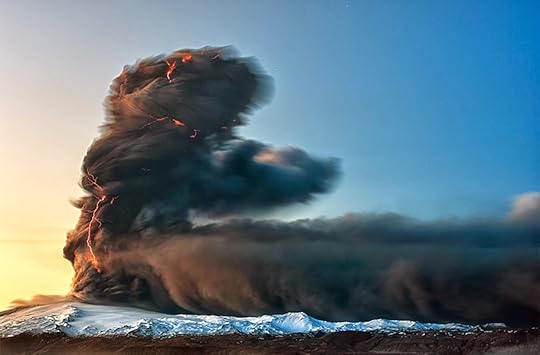


Clancy's comment: Wow, sensational place. Worth a visit. Brilliant photographs taken by top photographers.
I'm ...

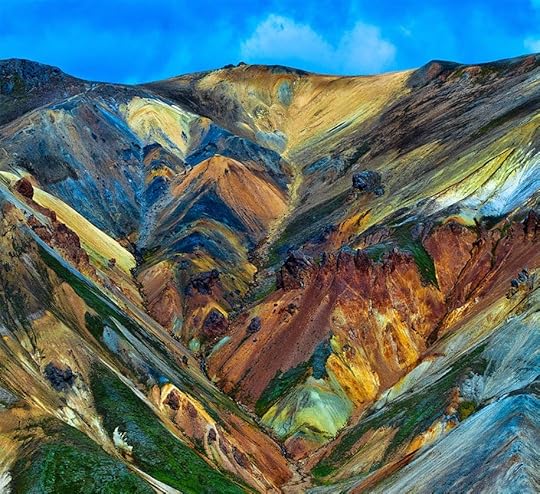
Published on June 11, 2015 03:59
June 10, 2015
11 June 2015 - TOP RESTAURANTS

TOP RESTAURANTS
G'day folks,
I don't know about you, but one of the reasons I eat at a restaurant (other than not having to cook), is to enjoy an atmosphere that satisfies not only my sense of taste, but also compliments other senses. I enjoy soft music, the touch of soft chairs, the aroma of a well prepared kitchen, and of course - a view. A beautiful view can so enhance the dining experience, satisfying our sense of beauty as we satisfy our tongue's sense of taste.
Indeed, a dinner at one of these restaurants must be a treat to the senses, each one offers a more stunning view than the last. See if you can guess where these are.
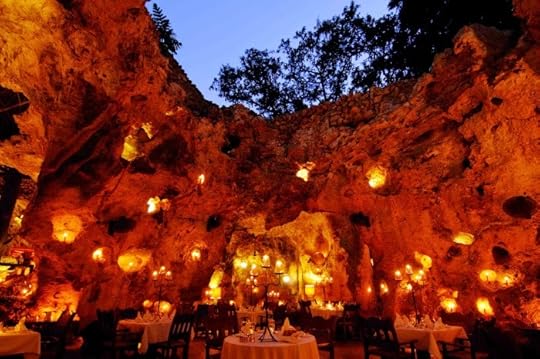


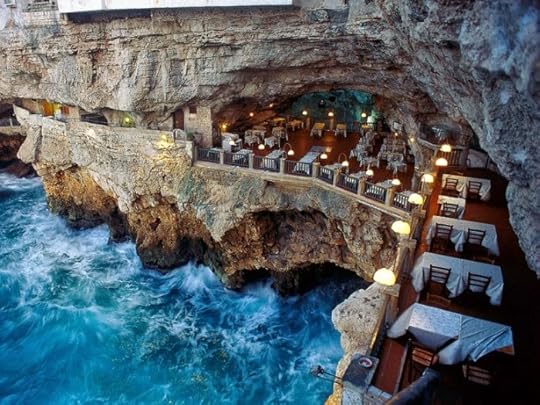

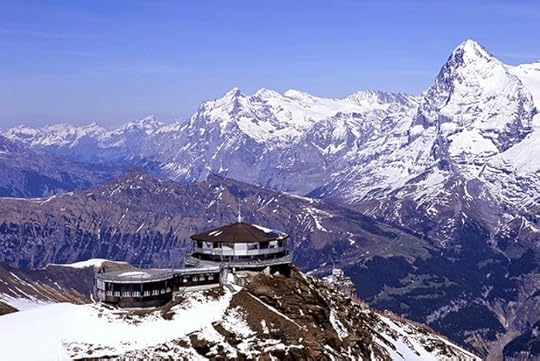
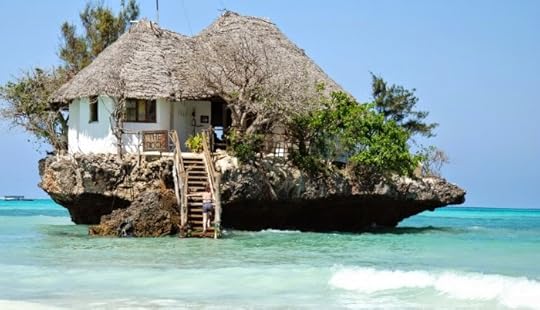




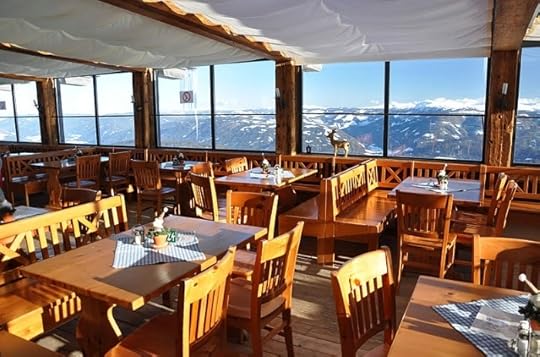





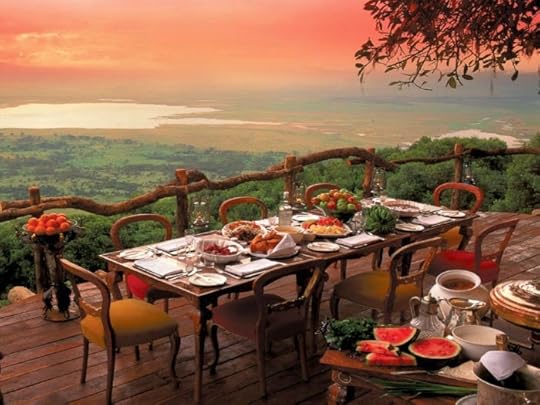
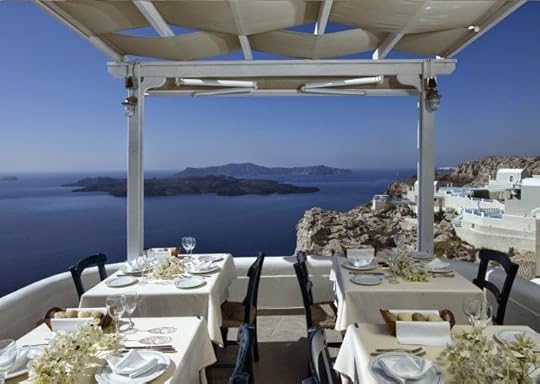

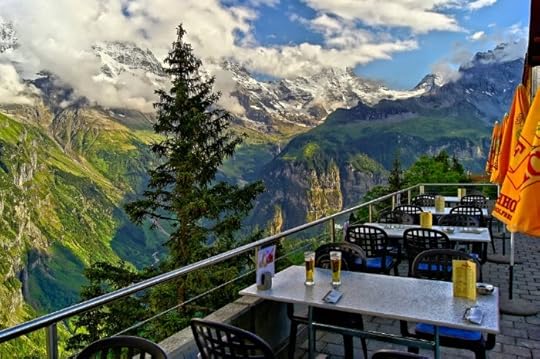
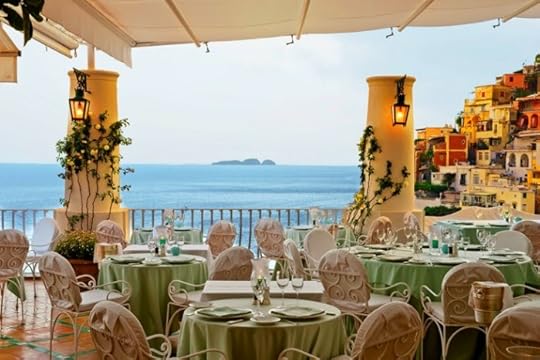

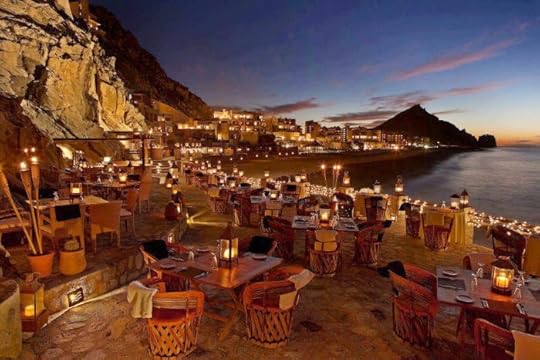

Clancy's comment: Wow! Amazing, eh? I'd be happy to dine in most of them ... Except the ones on the side of a cliff. What about you? Did you guess where they are? Try ... New York, Greece, West Indies, Italy, Maldives etc.
I'm ...
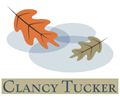
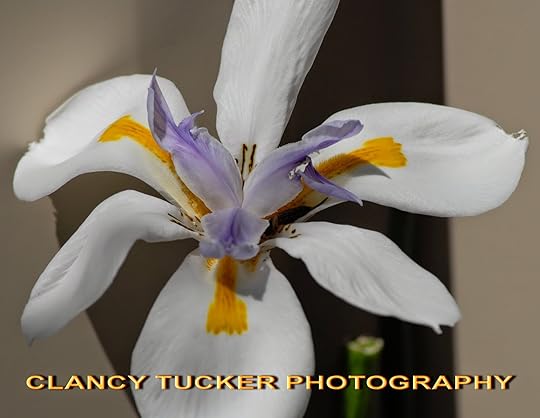
Published on June 10, 2015 03:54
June 9, 2015
10 June 2015 - KOFI ANNAN
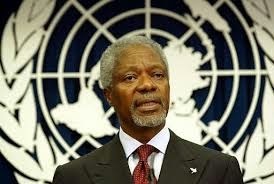
KOFI ANNAN
G'day folks,
Welcome to some snippets on an interesting man from the United Nations.
“We can love what we are, without hating what, and who, we are not.”
– Kofi Annan – Nobel Prize acceptance speech 2001
Born into a family of traditional chiefs of the Fante tribe in Ghana, Kofi Annan rose to become Secretary General of the United Nations, winning the Nobel Peace Prize in 2001.
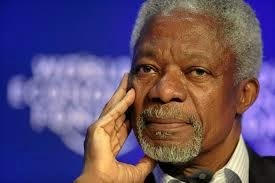
He grew up in Ghana where he became known as a student leader. He gained a scholarship to study in the US. He also later studied in Geneva before returning to the US to study management at MIT.
For most of his life he has worked in the United Nations rising from the lower ranks to become one of the few insiders to be awarded the top job of Secretary General. He served as Secretary General for two terms from 1997 to 2007.
He began working for the World Health Organisation WHO in Geneva in 1962 and later served in the UN high commission for Refugees. Kofi Annan held a series of high profile positions from human resource management to peacekeeping (1992-1996)
Kofi Annan was widely liked by both fellow UN workers and even critics of the United Nations. For example, Muhamed Sacribey, the Bosnian Ambassador to the UN was very critical of the United Nations involvement in Bosnia. But, he exempted Kofi Annan. When asked why he replied simply: “Because he is honest”
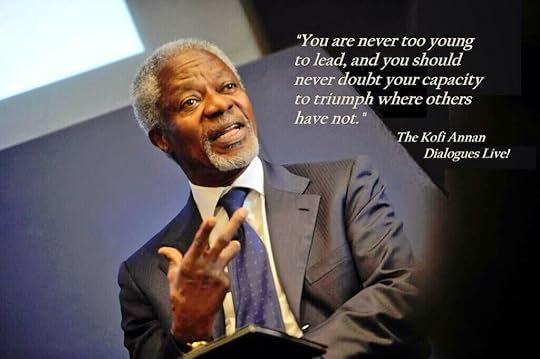
He is known for his ability to get the best out of people but remains a man of principle and does not hesitate to express his convictions. His popularity with UN staff is partly because of his wish to:
“Put the individual human being at the centre of everything; the United Nations does,”
He is also known for his stoic calm amidst great uncertainty. His logic detachment and inner peace are well suited to his task of international diplomacy.
“The World is not ours to keep. We hold it in trust for future generations.”
– Kofi Annan
Kofi Annan is married to Nane Annan from Sweden. She is a lawyer and painter and has been a strong supporter of the United Nations. They have had three children.

Clancy's comment: I always liked to listen to this man. He never seemed to get ruffled.
I'm ...
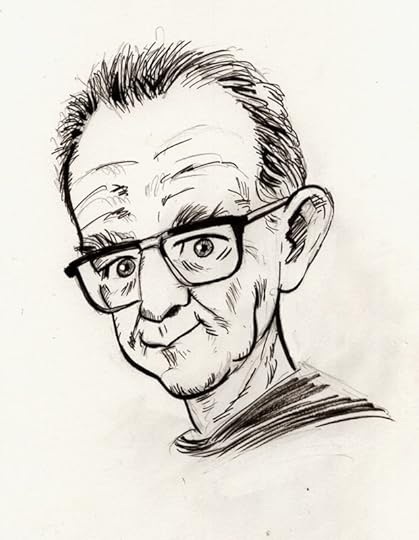
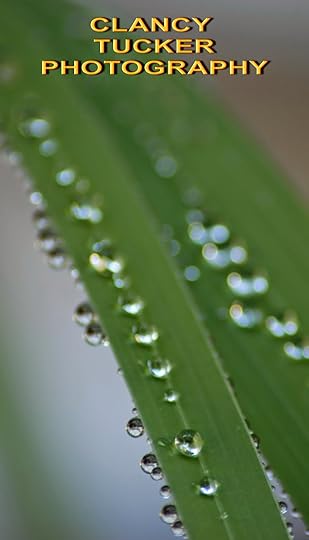
Published on June 09, 2015 04:11
June 8, 2015
9 June 2015 - LIFE'S LIL PLEASURES
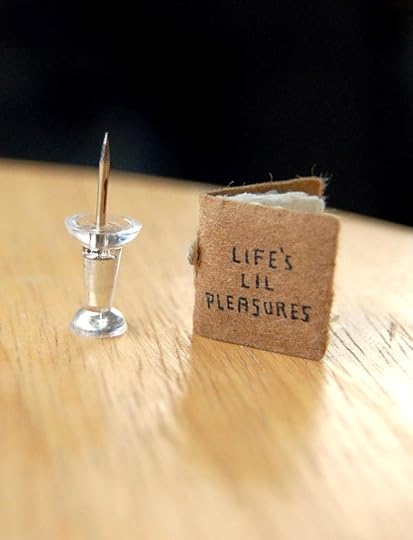
LIFE'S LIL PLEASURES
G'day folks,
Welcome to probably the world's tiniest book.
Evan Lorenzen, an artist based in Colorado, just released his latest book, and it is going to make a very tiny splash in the publication world. It is not to say that the book itself is not worthy of a "big splash," but the size of the book won't allow for it. The book is no larger than one inch tall and the illustrations are easily smaller than your thumbnail.
Entitled "Life's Lil Pleasures," the micro-book is focused on all of the little things that make life worthwhile. His books tend to have a haiku-like nature, in which he conveys strong emotions, memories and reflective thoughts using minimal words. The micro-book’s illustrations, especially considering their petite size, are quite well done and mainly employ pencil and ink.
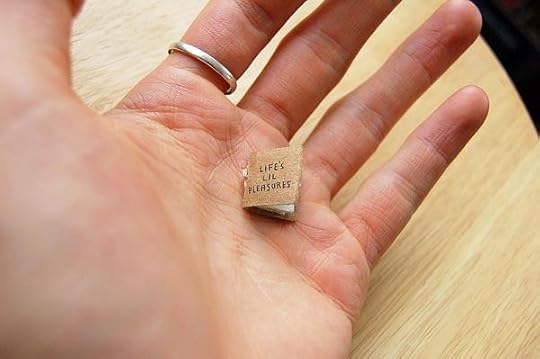

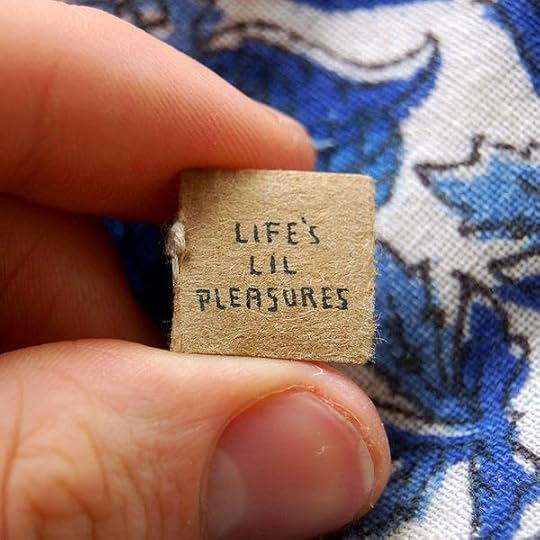
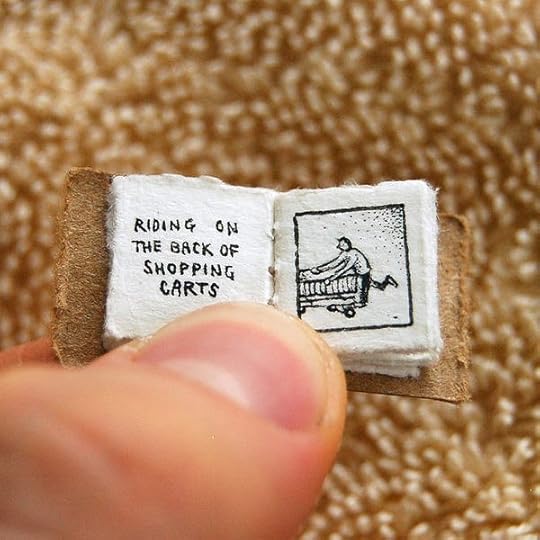

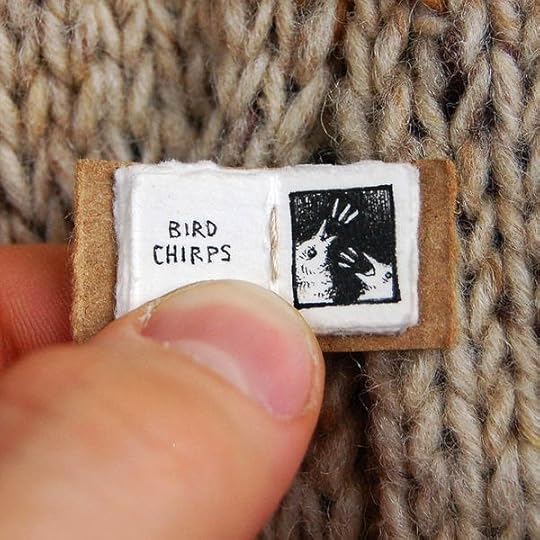
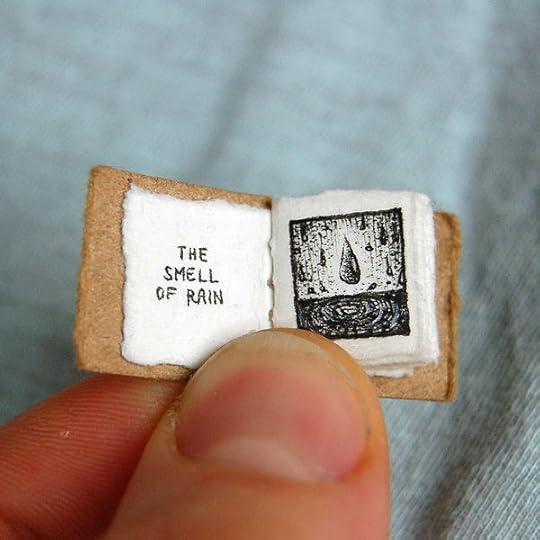
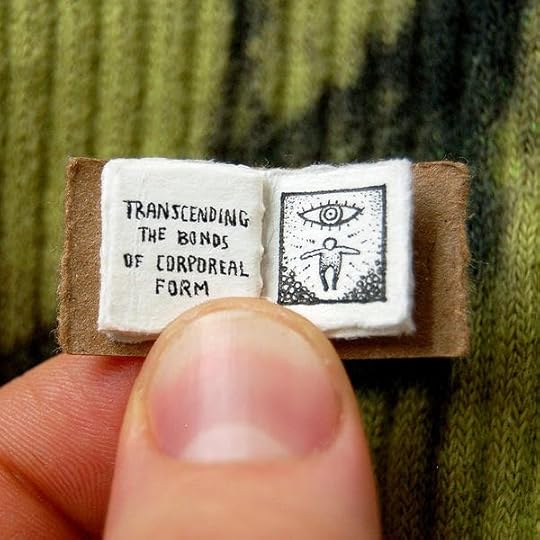


Clancy's comment: There ya go. You can tell everyone that you saw it here first.I'm ...

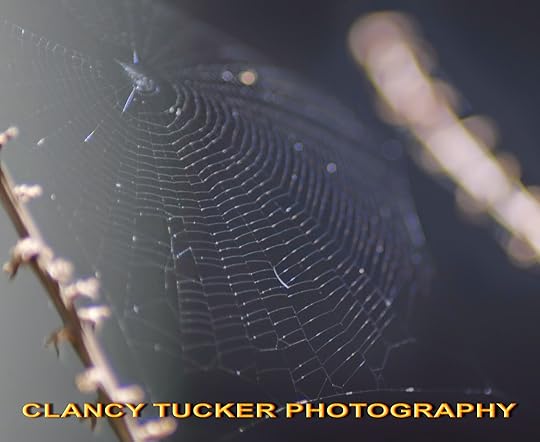
Published on June 08, 2015 02:54
June 7, 2015
8 June 2015 - JULIE FLETCHER PHOTOGRAPHY
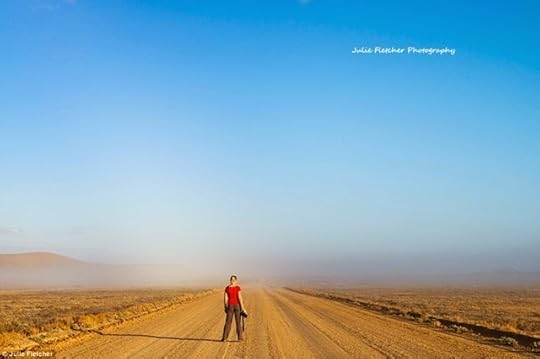
JULIE FLETCHER PHOTOGRAPHY
G'day folks,
I'm always looking for great photographers. Here's one - Julie Fletcher. Inspiring photography from a woman who quit city life to move to a remote town .... And, she now takes some of the most magical photographs of Australia you'll ever see. Despite still being regularly on the road on her own after 12 years since leaving Sydney, the tiny town of Marree has become Fletcher’s base. There is nothing there but one pub, one caravan park and one roadhouse. Fletcher has had much of her work showcased internationally with publications such as National Geographic.



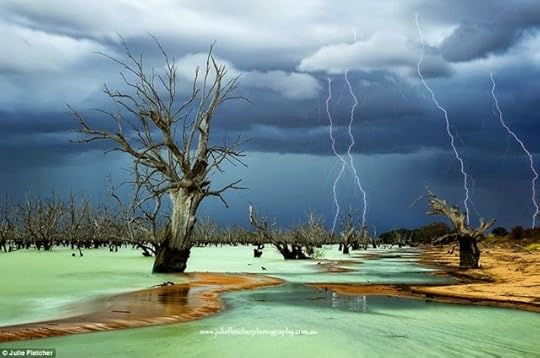
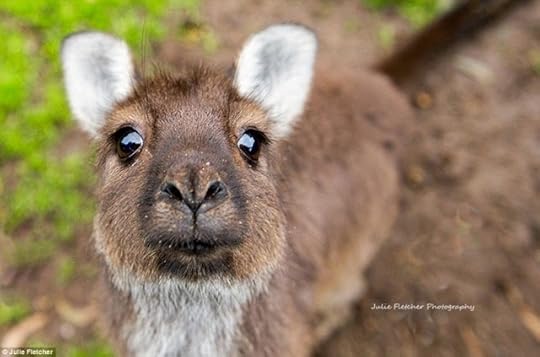

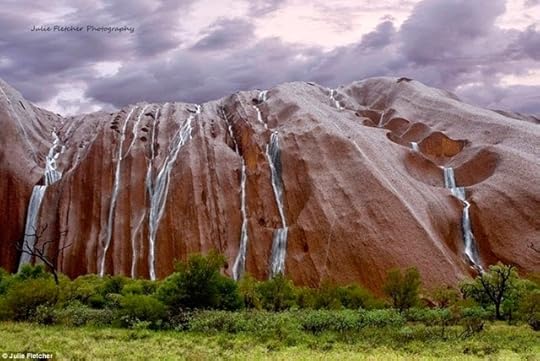

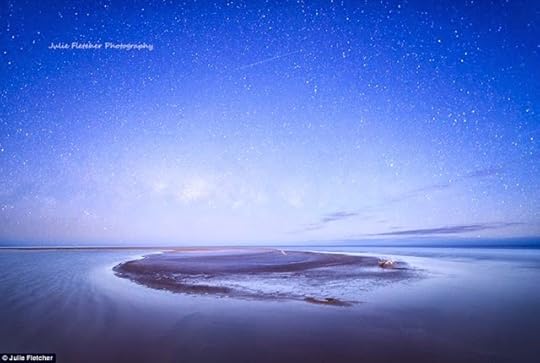
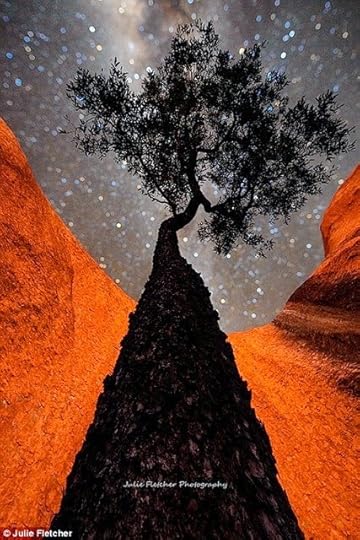

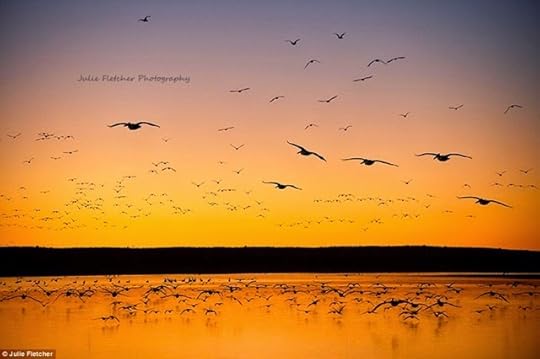


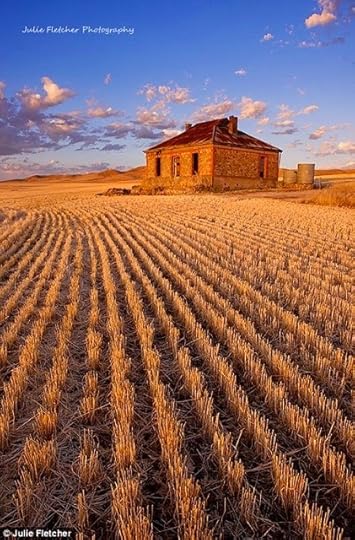



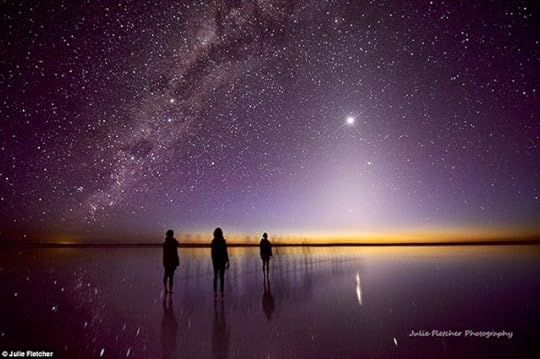
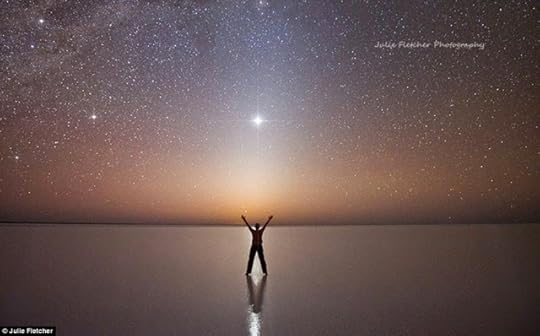
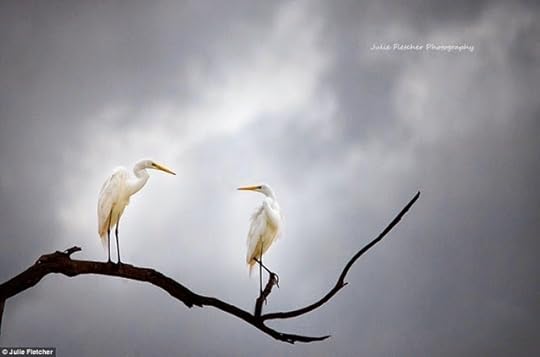
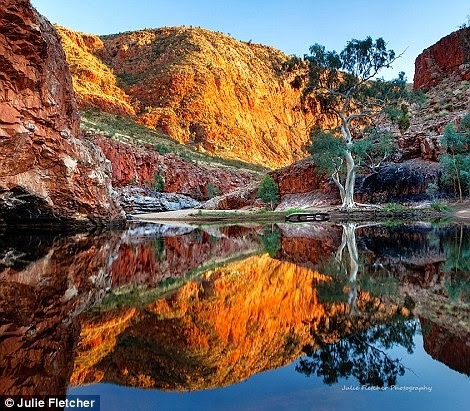

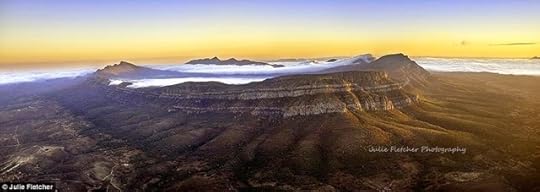
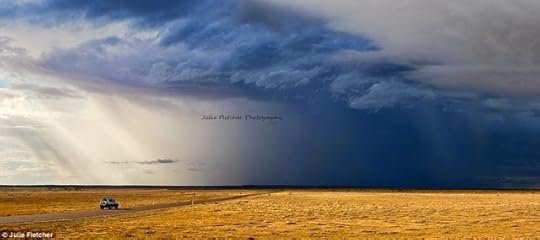
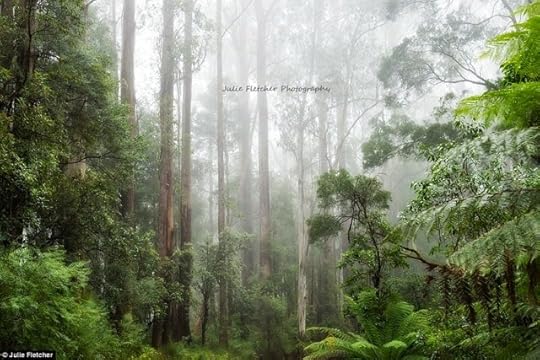

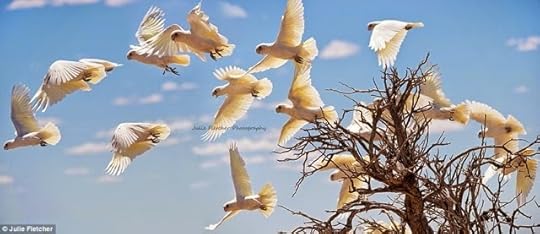
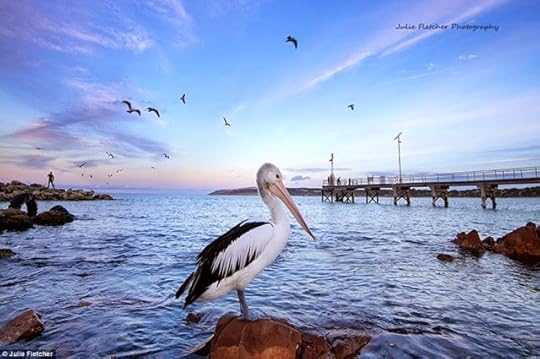
 Clancy's comment: Wow! Welcome to Australia. Some people just have that special touch, eh?I'm ...
Clancy's comment: Wow! Welcome to Australia. Some people just have that special touch, eh?I'm ...
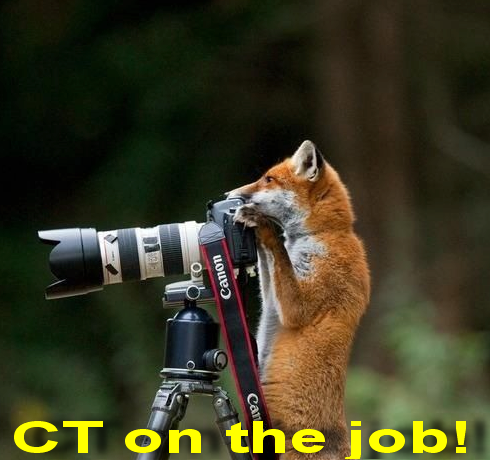
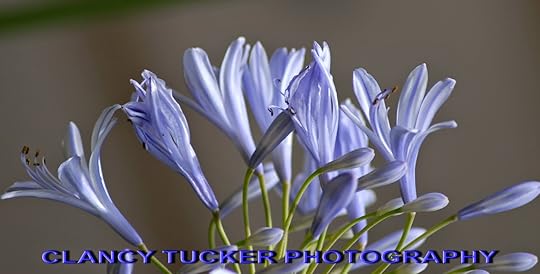
Published on June 07, 2015 06:49
June 6, 2015
7 June 2015 - AUSTRIA
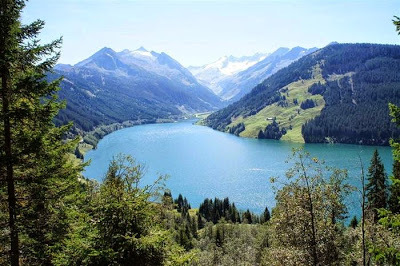
AUSTRIA
G'day folks,
Welcome to Austria. One of my favourite places. Nestled in the European Alps, lies the Republic of Austria, birthplace of famous artists like Mozart, Strauss and Haydn, great thinkers like Sigmund Freud, actors like Arnold Schwarzenegger, and many, many more. Austria is landlocked between Germany, Czech Republic, Slovakia, Italy and Hungary. It’s a very mountainous country, with only 32% of it lying below 500m (1640ft) above sea-level. This leads to the country enjoying a mostly cool climate most of the year. If you have been there, these pictures will stir up memories. If you haven't been there, check out these photographs and drool.
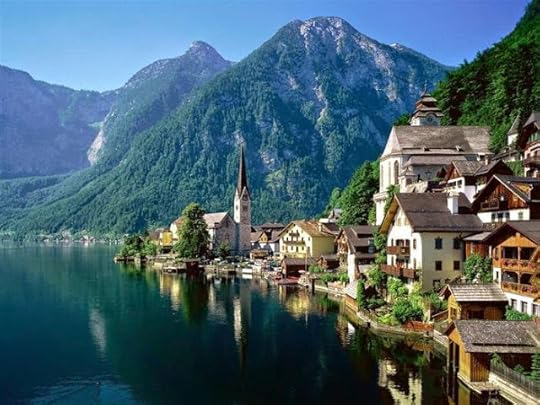

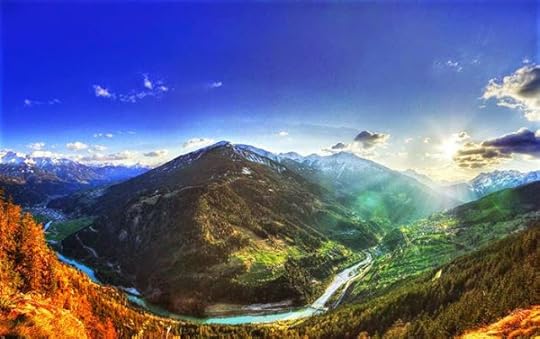
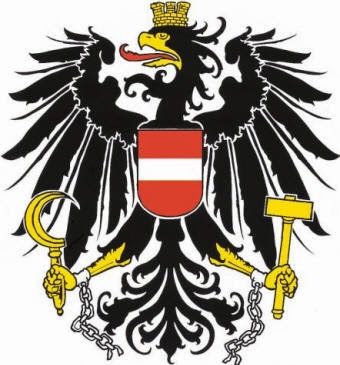
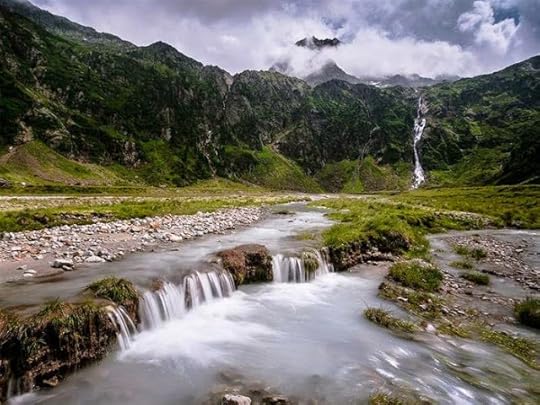
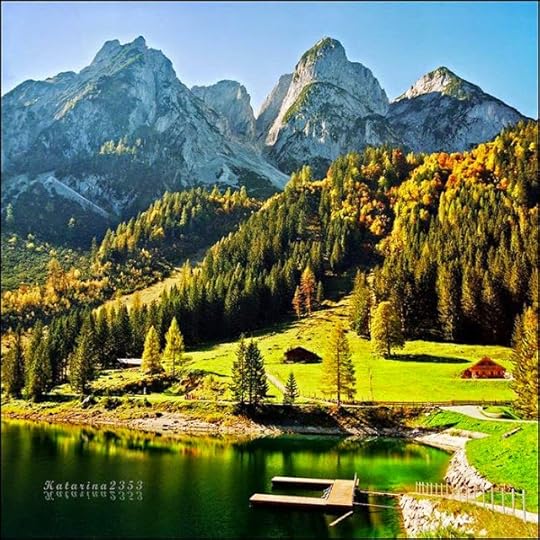
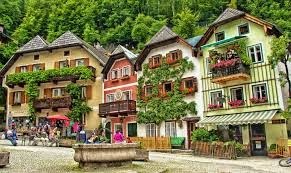
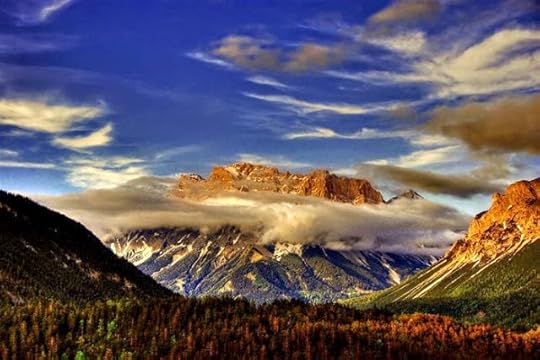
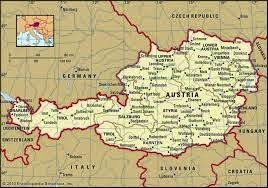

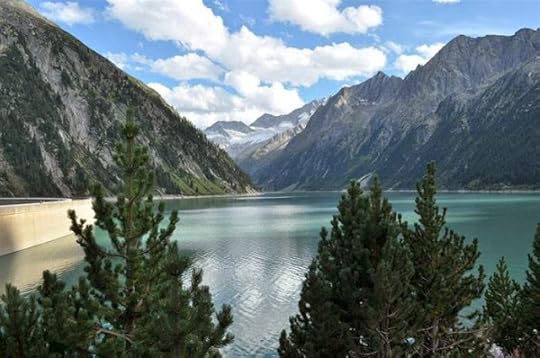
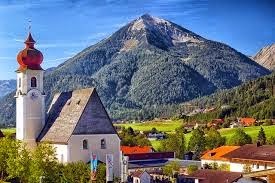
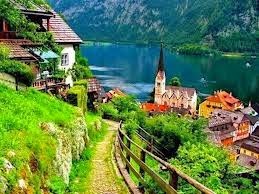
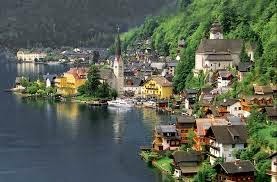
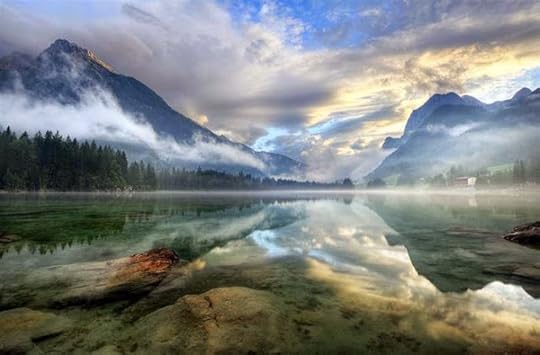
GeographySlightly smaller than Maine, Austria includes much of the mountainous territory of the eastern Alps (about 75% of the area). The country contains many snowfields, glaciers, and snowcapped peaks, the highest being the Grossglockner (12,530 ft; 3,819 m). The Danube is the principal river. Forests and woodlands cover about 40% of the land.
GovernmentFederal republic.
HistorySettled in prehistoric times, the central European land that is now Austria was overrun in pre-Roman times by various tribes, including the Celts. After the fall of the Roman Empire, of which Austria was part, the area was invaded by Bavarians and Slavic Avars. Charlemagne conquered the area in 788 and encouraged colonization and Christianity. In 1252, Ottokar, king of Bohemia, gained possession, only to lose the territories to Rudolf of Hapsburg in 1278.
Thereafter, until World War I, Austria's history was largely that of its ruling house, the Hapsburgs. Austria emerged from the Congress of Vienna in 1815 as the continent's dominant power. The Ausgleich of 1867 provided for a dual sovereignty, the empire of Austria and the kingdom of Hungary, under Franz Joseph I, who ruled until his death on Nov. 21, 1916. The Austrian-Hungarian minority rule of this immensely diverse empire, which included German, Czech, Romanian, Serbian, and many other lands, became increasingly difficult in an age of emerging nationalist movements. When Archduke Francis Ferdinand was assassinated by a Serbian nationalist in Sarajevo in 1914, World War I, as well as the destruction of the Austro-Hungarian Empire, began.
During World War I, Austria-Hungary was one of the Central powers with Germany, Bulgaria, and Turkey, and the conflict left the country in political chaos and economic ruin. Austria, shorn of Hungary, was proclaimed a republic in 1918, and the monarchy was dissolved in 1919. A parliamentary democracy was set up by the constitution of Nov. 10, 1920. To check the power of Nazis advocating union with Germany, Chancellor Engelbert Dolfuss in 1933 established a dictatorship, but he was assassinated by the Nazis on July 25, 1934. Kurt von Schuschnigg, his successor, struggled to keep Austria independent, but on March 12, 1938, German troops occupied the country, and Hitler proclaimed its Anschluss (union) with Germany, annexing it to the Third Reich.
Austria Establishes Neutrality After World War II, the United States and Britain declared the Austrians a “liberated” people, but the Russians prolonged the occupation. Finally Austria concluded a state treaty with the USSR and the other occupying powers and regained its independence on May 15, 1955. The second Austrian republic, established Dec. 19, 1945, on the basis of the 1920 constitution (amended in 1929), was declared by the federal parliament to be permanently neutral.
On June 8, 1986, former UN secretary-general Kurt Waldheim was elected to the ceremonial office of president in a campaign marked by controversy over his alleged links to Nazi war crimes in Yugoslavia. Austria became a member of the European Union in 1995, but it retained its strict constitutional neutrality and forbade the stationing of foreign troops on its soil.
In Feb. 2000, the conservative People's Party formed a coalition with the far-right Freedom Party, headed by Jörg Haider. A nationalist against immigration, Haider had made several controversial remarks praising some Nazi policies, which he has since recanted. His gradual rise to power was credited to voters weary of decades of stasis under the rule of the Social Democrats. The European Union condemned Austria's new coalition, froze diplomatic contacts, and imposed sanctions, accusing Haider of being a racist, xenophobe, and Nazi sympathizer. Given the controversy, Haider chose not to join the government, but he continued to wield influence from the sidelines.

Clancy's comment: What a country. Love it!
I'm ...


Published on June 06, 2015 06:12
June 5, 2015
6 June 2015 - LIFE'S DEMERIT SYSTEM

LIFE'S DEMERIT SYSTEM
G'day folks,
Here are some timely tongue-in-cheek reminders to some of you men who have forgotten the rules.
In the world of romance, one single rule applies: MAKE THE WOMAN HAPPY!
Do something she likes, and you get points.
Do something she dislikes, and points are subtracted.
You don't get any points for doing something she expects.
Sorry, that's the way the game is played. Here is a non-exhaustive guide to the point system:

SIMPLE DUTIES
You make the bed. (+1)
You make the bed, but forget the decorative pillows. (-10)
You throw the bedspread over rumpled sheets. (-3)
You go out to buy her what she wants (+5) in the rain (+8)
But return with Beer. (-5)
PROTECTIVE DUTIES
You check out a suspicious noise at night. (+1)
You check out a suspicious noise, and it is nothing. (0)
You check out a suspicious noise, and it is something. (+5)
You pummel it with an iron rod. (+10)
It's her pet Schnauzer. (-30)
SOCIAL ENGAGEMENTS
You stay by her side for the entire party. (+1)
You stay by her side for a while, then leave to chat with an old school friend. (-2)
Named Tina (-10)
Tina is a dancer. (-20)
Tina has breast implants. (-40)

HER BIRTHDAY
You take her out to dinner. (+2)
You take her out to dinner, and it's not a sports bar. (+3)
Okay, it's a sports bar. (-2)
And its all-you-can-eat night. (-3)
It's a sports bar, it's all-you-can-eat night, and your face is painted the colors of your favorite team. (-10)
A NIGHT OUT
You take her to a movie. (+1)
You take her to a movie she likes. (+5)
You take her to a movie you hate. (+6)
You take her to a movie you like. (-2)
It's called 'Death Cop.' (-3)
You lied and said it was a foreign film about orphans. (-15)
YOUR PHYSIQUE
You develop a noticeable potbelly. (-15)
You develop a noticeable potbelly and exercise to get rid of it (+10)
You develop a noticeable potbelly and resort to baggy jeans and baggy Hawaiian shirts. (-30)
You say to her, "It doesn't matter, you have one too." (-80)
THE BIG QUESTION
She asks, "Do I look fat?" (-5)
(Yes, you lose points no matter what)
You hesitate in responding. (-10)
You reply, "Where?" (-35)
You give any other response. (-40)

COMMUNICATION
When she wants to talk about a problem, you listen, displaying what looks like a concerned expression. (+2)
You listen, for over 30 minutes (+50)
You listen for more than 30 minutes without looking at the TV. (+500)
She realizes this is because you have fallen asleep. (-4000)
Send this on to all of the gentlemen you know to refresh them on the point system.

Clancy's comment: This is only meant to be a guide. Above all, be spontaneous and genuine.
I'm ...


Published on June 05, 2015 03:33
June 4, 2015
5 June 2015 - 'THE DROVER'S BLANKET' - A Bush Poem

THE DROVER'S BLANKET
- A Bush Poem -
G'day folks,
Welcome to another of my bush poems. This one is included in 'A Drover's Blanket' which is the sequel to 'Gunnedah Hero'. This poem plays an important part in this novel. It is written by Molly Swenson during some tough times as she waited for her boyfriend, Smokey Danson, to return from the long paddock in 1910, during the biggest drought in Australian history. Want to know what a dover's blanket is? Well, you will have to read Gunnedah Hero, and then the sequel, A Drover's Blanket. You will then realise why I gave this title to this book.
Oh, by the way, Molly had this poem published in the Gunnedah Gazette way back in 1911. Gunnedah is a large town in a farming area of New South Wales, Australia - precisely 630 kilometres from my house. This newspaper still exists today, and I mention the original editor in the story. In fact, it was he who gave the nickname 'Gunnedah Hero' to Smokey Danson back in 1911. His great-great-granddaughter, Lauren, is also mentioned.
And, guess what? The Gunnedah Gazette recently contacted me and asked for copies of my books. They are doing a special article about yours truly and offering my books as prizes to their readers. Naturally, I said YES, and have sent them all sorts of information. For those of you living outside Australia, both 'Gunnedah Hero' and 'A Drover's Blanket' mention actual town names that do exist. So, all of those folks living in and around Gunnedah, New South Wales, will be curious to see the name of their town mentioned in my books.
‘The Drover’s Blanket’
No rain had come for ages, and no water for the grass,
they prayed and waited ages for the toughest drought to pass.
For five long years they suffered long, a dry and dusty land
with a hundred lean and hungry head and pastures made of sand.
Those farmers were no quitters and wanted them alive,
so a drover bravely mounted-up and headed on the drive.
That drover hit the longest road, with three dogs and a pack,
and often he would wonder if he’d ever made it back.
At fourteen years it was a job for only toughened men,
but that’s the way they bred them at ‘Wiralee’ back then.
With the leanest herd he slowly trod each and every day,
not knowing what he’d find ahead, he’d never been that way.
The trip was hot and lonely, for stock, his dogs and he,
a sweltering sun and arid land was all there was to see.
With water scarce and feed so short the stoic drover rode,
step by step he pushed them up the longest lonely road.
With only dogs and cattle there, he camped out all alone,
it was a rugged life to lead but never did he moan.
Though days and weeks passed him by, the drover had one aim,
to save his herd at any cost and revere the family name.
‘Twas letters from a girl that kept his heart so young and free,
the maiden that he cared for, ‘twas one from Yanergee.
Her poetry and words of hope spared him from the pain,
he read her letters every day; she wrote a sweet refrain.
One early mornin’ as he woke, a sudden danger struck,
an angry, deadly serpent was hoping for some luck.
But Sam, his dog, she challenged it, to her there was no fear,
alas, his bravest kelpie died and the drover shed a tear.
He took a bough and smashed it down, with anger and intent,
and finally the snake lay dead, exactly as he’d meant.
‘Twas just on dark a visitor arrived upon the scene,
to angry snarls from his dogs, came a man so lean.
He was a travelling swagman – a shifty bloke indeed,
right off, the dogs mistrusted him and sensed a dirty deed.
‘Twas luck and two loyal dogs that did the job that night,
that snivellin’ rogue swaggie left in fearful fright.
Often days were blessed with luck, others weren’t to be,
there was the day he nearly died, but death he didn’t see.
When Bill and Bono came in time and saved that drover’s life,
those wiley drovers saved him and delivered him from strife.
And then, just down from Gunnedah he had a lucky break,
once again, it was his dogs that found a golden stake.
But with the gold he found a note; it really was a plea,
it came from two dead miners and ‘twas a last decree.
The last note in their diary had given him a name,
Henry Swenson was the one, a man of wicked fame.
That Swenson cove had shot them both four decades well before,
the drover had no choice at all, he had to see the law.
His prayers were finally answered at a spot called ‘Wattle Tree’,
the heavens smiled and opened up, there was some rain to see.
Oh, what a joyous sight it was to see that luscious rain,
the drover and his dogs enjoyed an end to all the pain.
That rain came down in buckets, it really did let go,
with joy they trudged onward as rivers began to flow.
The drought had also broken back at home at ‘Wiralee’,
his Pa’s advice had made him soar, at last he felt so free.
“Son, flog our herd for a hefty price then turn and head on back”,
to end so many days he’d spent, drovin’ a dusty track.
It wasn’t just the rain that made the drover smile with glee,
at home there was a girl he liked, the lass from Yanergee.
And that’s the way it happened then or so it has been said,
when a tough, courageous drover took a lean hundred head.
His dogs and packhorse rode the longest, lonely dusty drive,
‘twas certainly adventurous and made the drover thrive.
He’d seen a lot and met some folk, he’d even found some gold,
that journey back in 1910 had made him brave and bold.
The drought has caused us endless pain; I hope it’s surely over,
but now I pray for one more thing – to see the bravest drover.
I’m grateful for his spirit, ‘twas like a sun’s bright ray,
that drover kept my heart alive and did it every day.
Oh, how I want to meet with him and offer all my glee
he doesn’t know how much he gave a lass from Yanergee.
Molly Jane Swenson
1911

Clancy's comment: Hope you enjoyed this bush poem. It certainly has more relevance when you come across it in 'A Drover's Blanket'. So, why not head up to 'A Drover's Blanket Reviews' and see what folks have said about this novel so far. Mind you, it was only released a few weeks ago. And, then head to my book shop at the top right corner and buy a paperback or e-Book. Bear in mind that this is a sequel, so you will certainly need to read 'Gunnedah Hero' first. Not only but also, if you buy a paperback version, I will write something really charming on the inside of it.
I'm ...


Published on June 04, 2015 04:01
June 3, 2015
4 June 2015 - WHAT IS DNA?
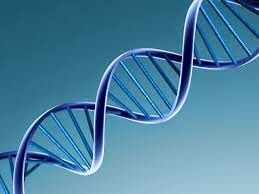
WHAT IS DNA?
G'day folks,
No doubt, you have all heard of DNA, but what is it?
What is DNA?
We all know that elephants only give birth to little elephants, giraffes to giraffes, dogs to dogs and so on for every type of living creature. But why is this so?
The answer lies in a molecule called deoxyribonucleic acid (DNA), which contains the biological instructions that make each species unique. DNA, along with the instructions it contains, is passed from adult organisms to their offspring during reproduction.
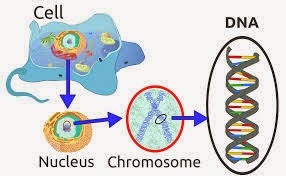
Where is DNA found?
In organisms called eukaryotes, DNA is found inside a special area of the cell called the nucleus. Because the cell is very small, and because organisms have many DNA molecules per cell, each DNA molecule must be tightly packaged. This packaged form of the DNA is called a chromosome.
During DNA replication, DNA unwinds so it can be copied. At other times in the cell cycle, DNA also unwinds so that its instructions can be used to make proteins and for other biological processes. But during cell division, DNA is in its compact chromosome form to enable transfer to new cells.
Researchers refer to DNA found in the cell's nucleus as nuclear DNA. An organism's complete set of nuclear DNA is called its genome.
Besides the DNA located in the nucleus, humans and other complex organisms also have a small amount of DNA in cell structures known as mitochondria. Mitochondria generate the energy the cell needs to function properly.
In sexual reproduction, organisms inherit half of their nuclear DNA from the male parent and half from the female parent. However, organisms inherit all of their mitochondrial DNA from the female parent. This occurs because only egg cells, and not sperm cells, keep their mitochondria during fertilization.
What is DNA made of?
DNA is made of chemical building blocks called nucleotides. These building blocks are made of three parts: a phosphate group, a sugar group and one of four types of nitrogen bases. To form a strand of DNA, nucleotides are linked into chains, with the phosphate and sugar groups alternating.
The four types of nitrogen bases found in nucleotides are: adenine (A), thymine (T), guanine (G) and cytosine (C). The order, or sequence, of these bases determines what biological instructions are contained in a strand of DNA. For example, the sequence ATCGTT might instruct for blue eyes, while ATCGCT might instruct for brown.
The complete DNA instruction book, or genome, for a human contains about 3 billion bases and about 20,000 genes on 23 pairs of chromosomes.
What does DNA do?
DNA contains the instructions needed for an organism to develop, survive and reproduce. To carry out these functions, DNA sequences must be converted into messages that can be used to produce proteins, which are the complex molecules that do most of the work in our bodies.
Each DNA sequence that contains instructions to make a protein is known as a gene. The size of a gene may vary greatly, ranging from about 1,000 bases to 1 million bases in humans. Genes only make up about 1 percent of the DNA sequence. DNA sequences outside this 1 percent are involved in regulating when, how and how much of a protein is made.
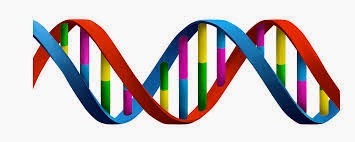
How are DNA sequences used to make proteins?
DNA's instructions are used to make proteins in a two-step process. First, enzymes read the information in a DNA molecule and transcribe it into an intermediary molecule called messenger ribonucleic acid, or mRNA.
Next, the information contained in the mRNA molecule is translated into the "language" of amino acids, which are the building blocks of proteins. This language tells the cell's protein-making machinery the precise order in which to link the amino acids to produce a specific protein. This is a major task because there are 20 types of amino acids, which can be placed in many different orders to form a wide variety of proteins.
Who discovered DNA? The Swiss biochemist Frederich Miescher first observed DNA in the late 1800s. But nearly a century passed from that discovery until researchers unraveled the structure of the DNA molecule and realized its central importance to biology.
For many years, scientists debated which molecule carried life's biological instructions. Most thought that DNA was too simple a molecule to play such a critical role. Instead, they argued that proteins were more likely to carry out this vital function because of their greater complexity and wider variety of forms.
The importance of DNA became clear in 1953 thanks to the work of James Watson, Francis Crick, Maurice Wilkins and Rosalind Franklin. By studying X-ray diffraction patterns and building models, the scientists figured out the double helix structure of DNA - a structure that enables it to carry biological information from one generation to the next.

What is the DNA double helix?
Scientist use the term "double helix" to describe DNA's winding, two-stranded chemical structure. This shape - which looks much like a twisted ladder - gives DNA the power to pass along biological instructions with great precision.
To understand DNA's double helix from a chemical standpoint, picture the sides of the ladder as strands of alternating sugar and phosphate groups - strands that run in opposite directions. Each "rung" of the ladder is made up of two nitrogen bases, paired together by hydrogen bonds. Because of the highly specific nature of this type of chemical pairing, base A always pairs with base T, and likewise C with G. So, if you know the sequence of the bases on one strand of a DNA double helix, it is a simple matter to figure out the sequence of bases on the other strand.
DNA's unique structure enables the molecule to copy itself during cell division. When a cell prepares to divide, the DNA helix splits down the middle and becomes two single strands. These single strands serve as templates for building two new, double-stranded DNA molecules - each a replica of the original DNA molecule. In this process, an A base is added wherever there is a T, a C where there is a G, and so on until all of the bases once again have partners.
In addition, when proteins are being made, the double helix unwinds to allow a single strand of DNA to serve as a template. This template strand is then transcribed into mRNA, which is a molecule that conveys vital instructions to the cell's protein-making machinery.
 Clancy's comment: Extraordinary, eh? Not to mention, that the use of DNA has freed hundreds of prisoners who have been wrongfully imprisoned, and also solved many crimes.I'm ...
Clancy's comment: Extraordinary, eh? Not to mention, that the use of DNA has freed hundreds of prisoners who have been wrongfully imprisoned, and also solved many crimes.I'm ...


Published on June 03, 2015 05:01



